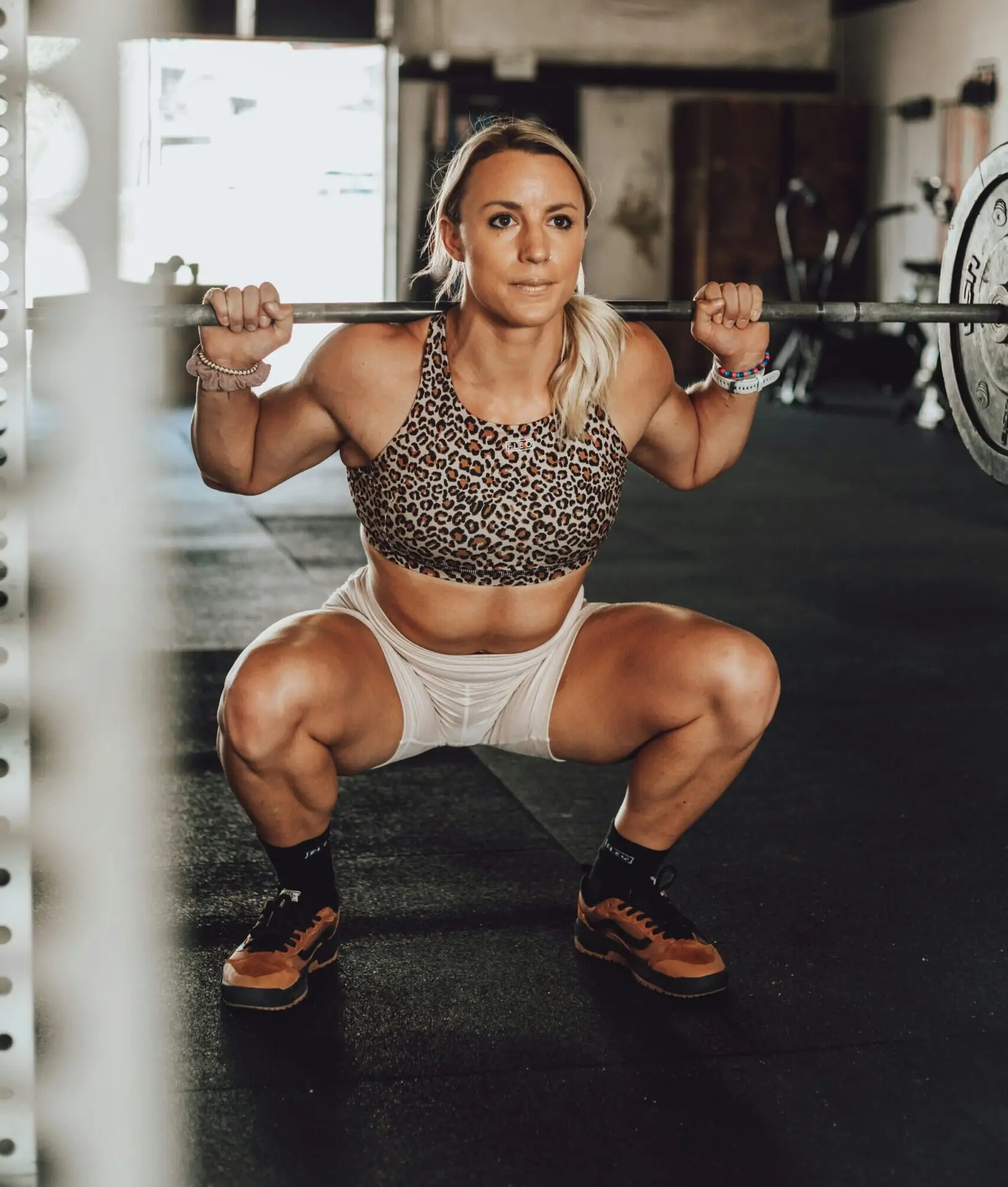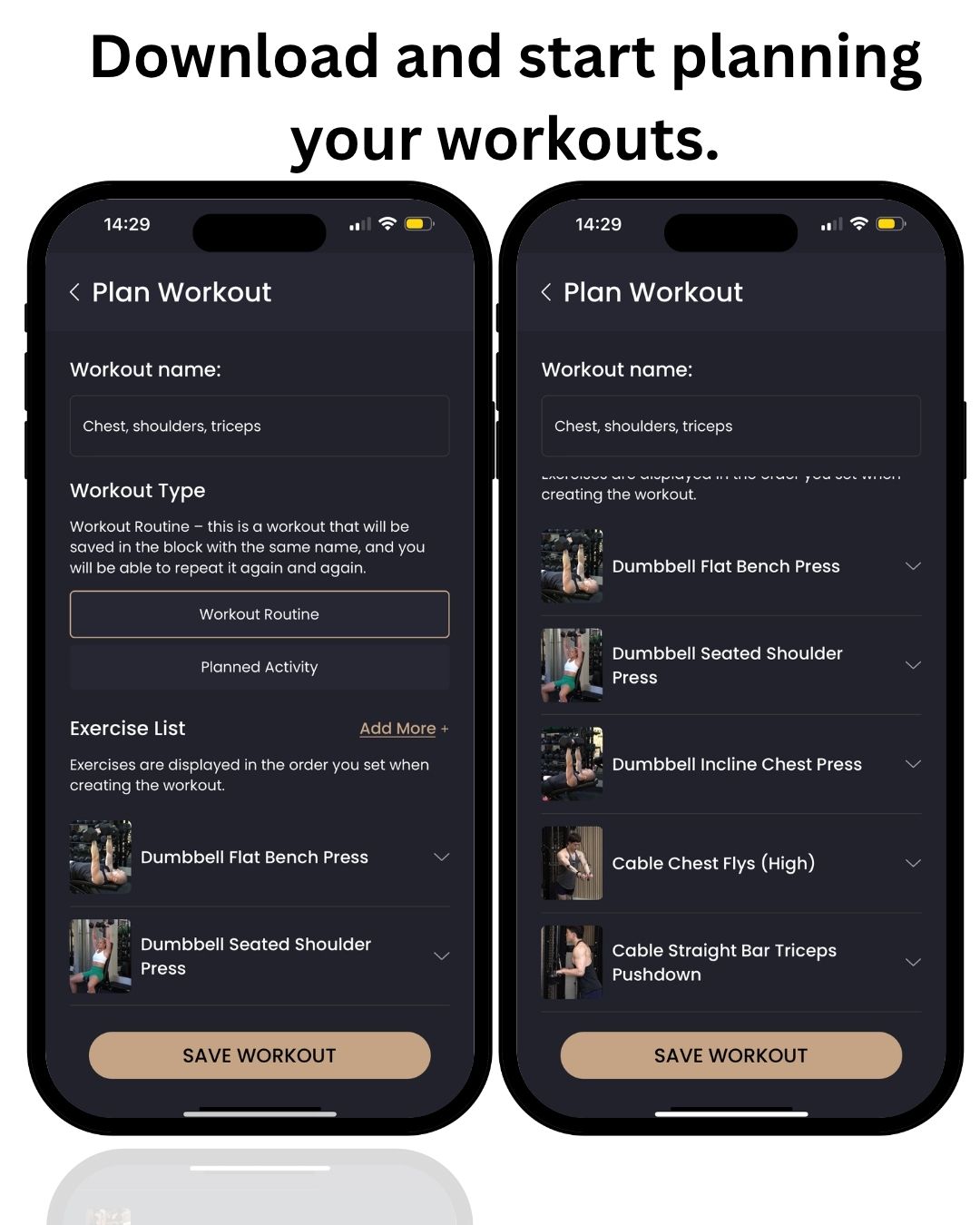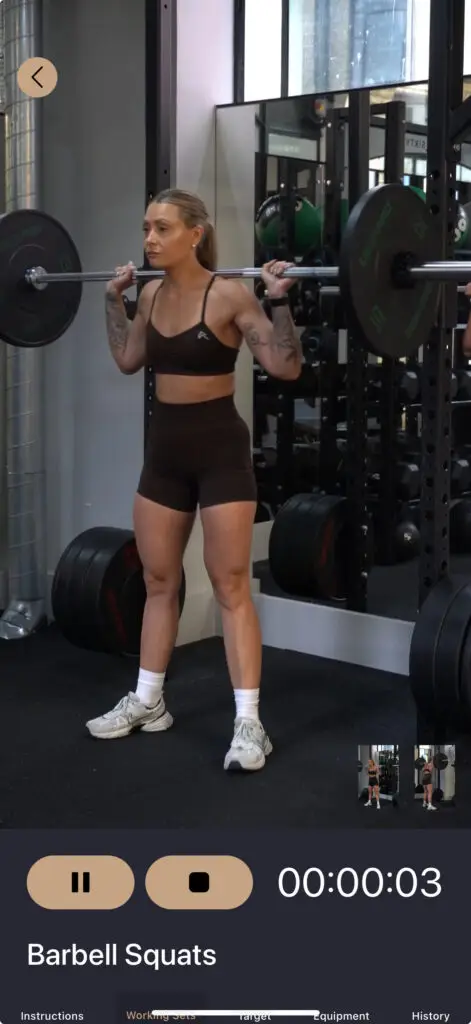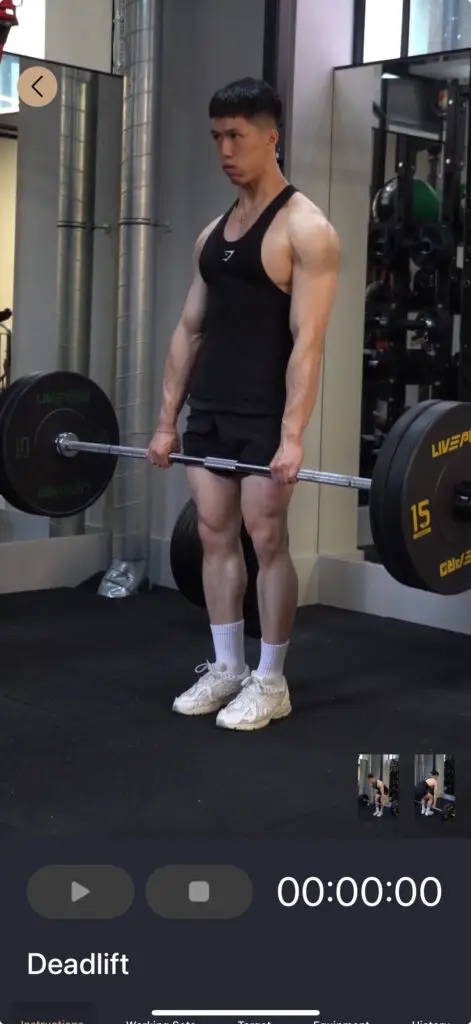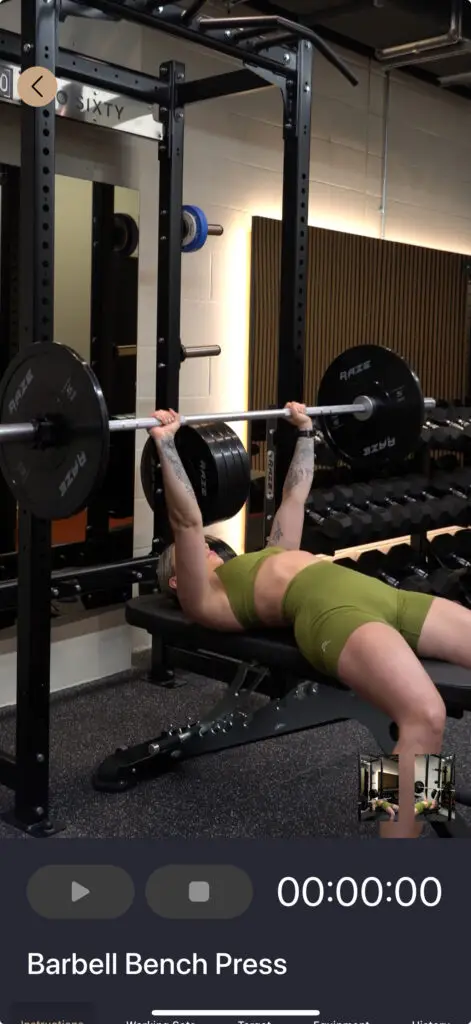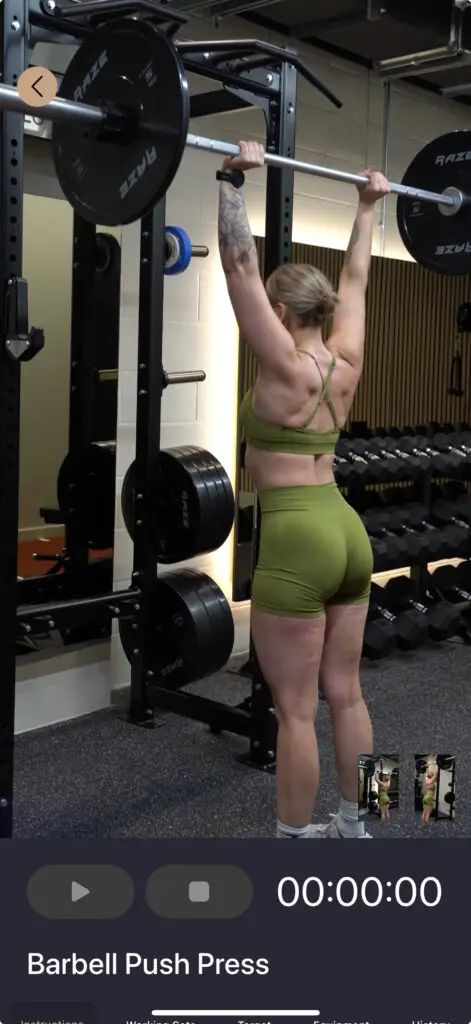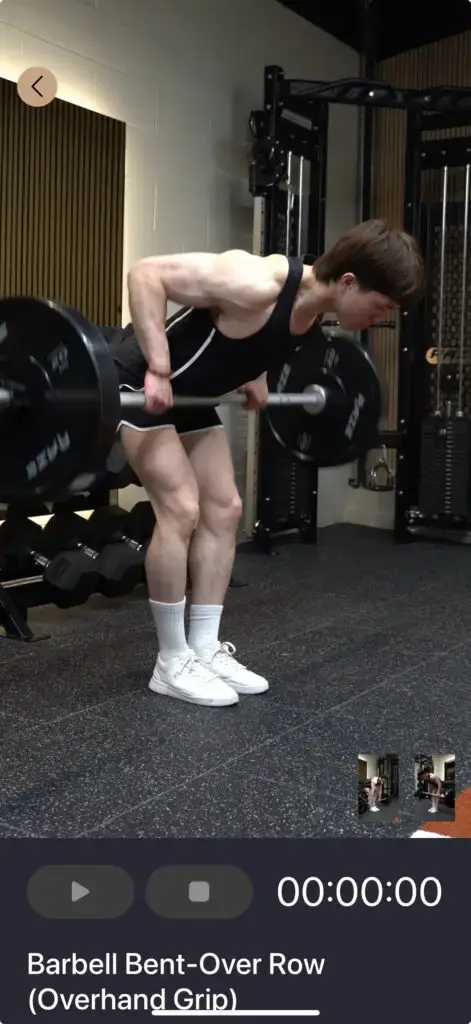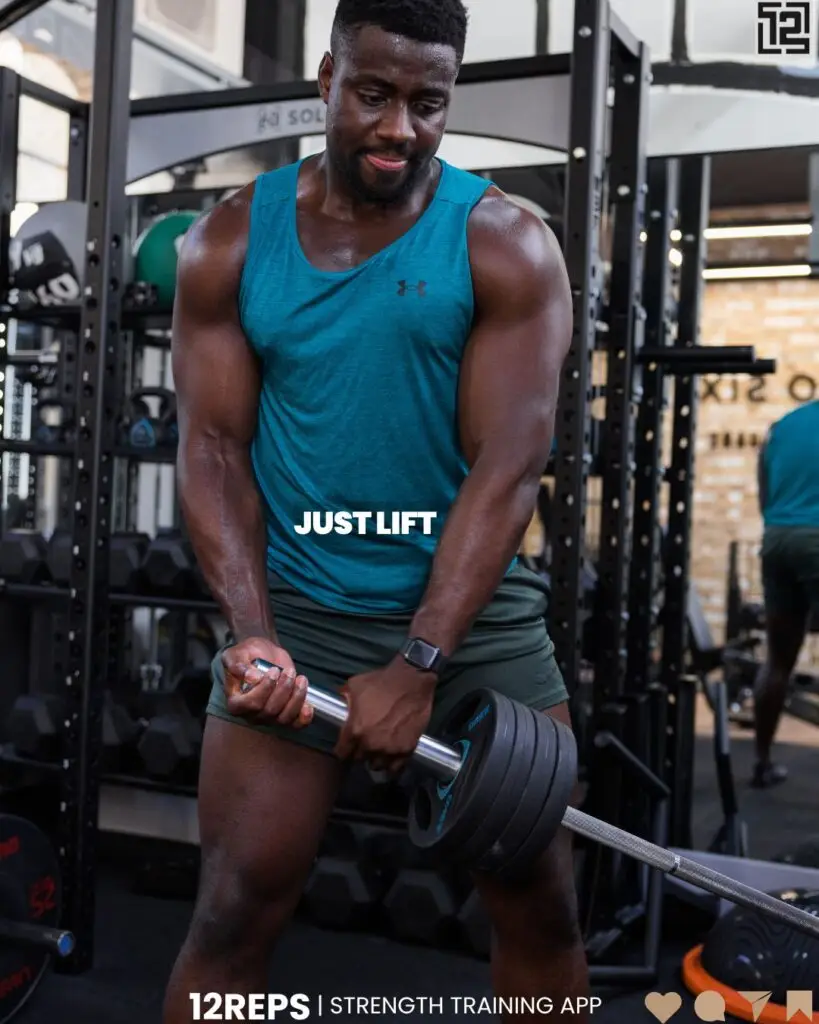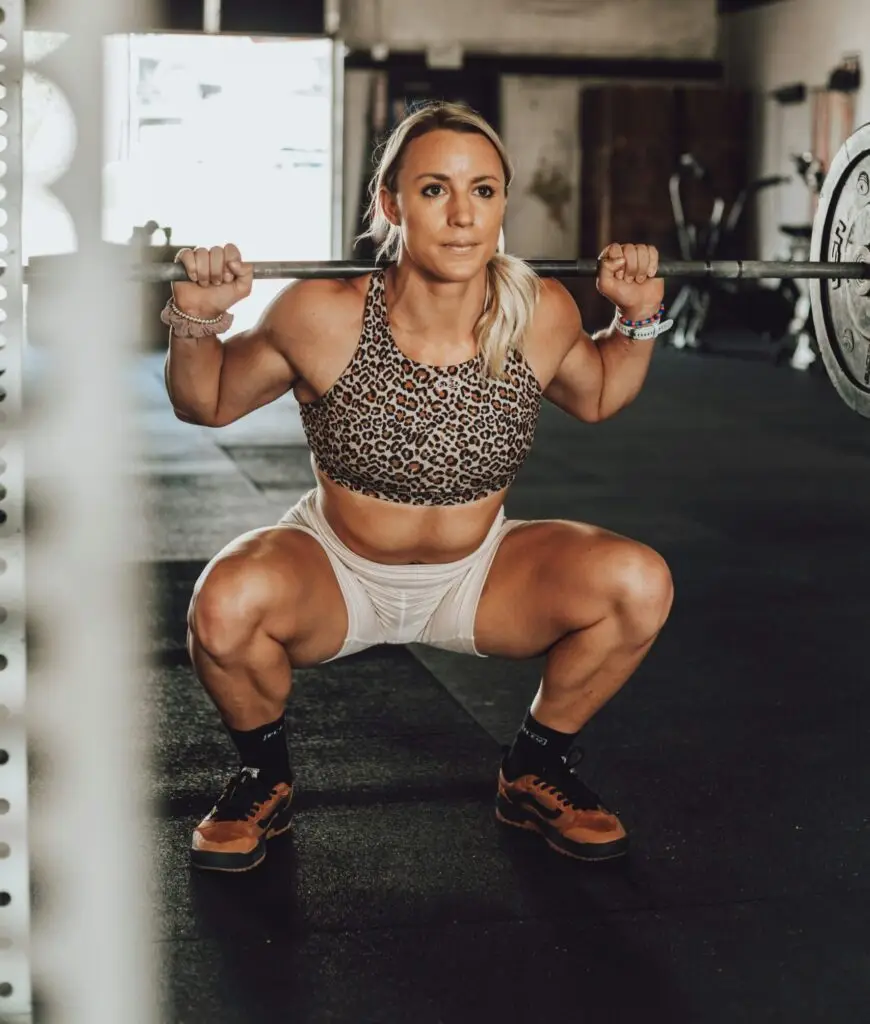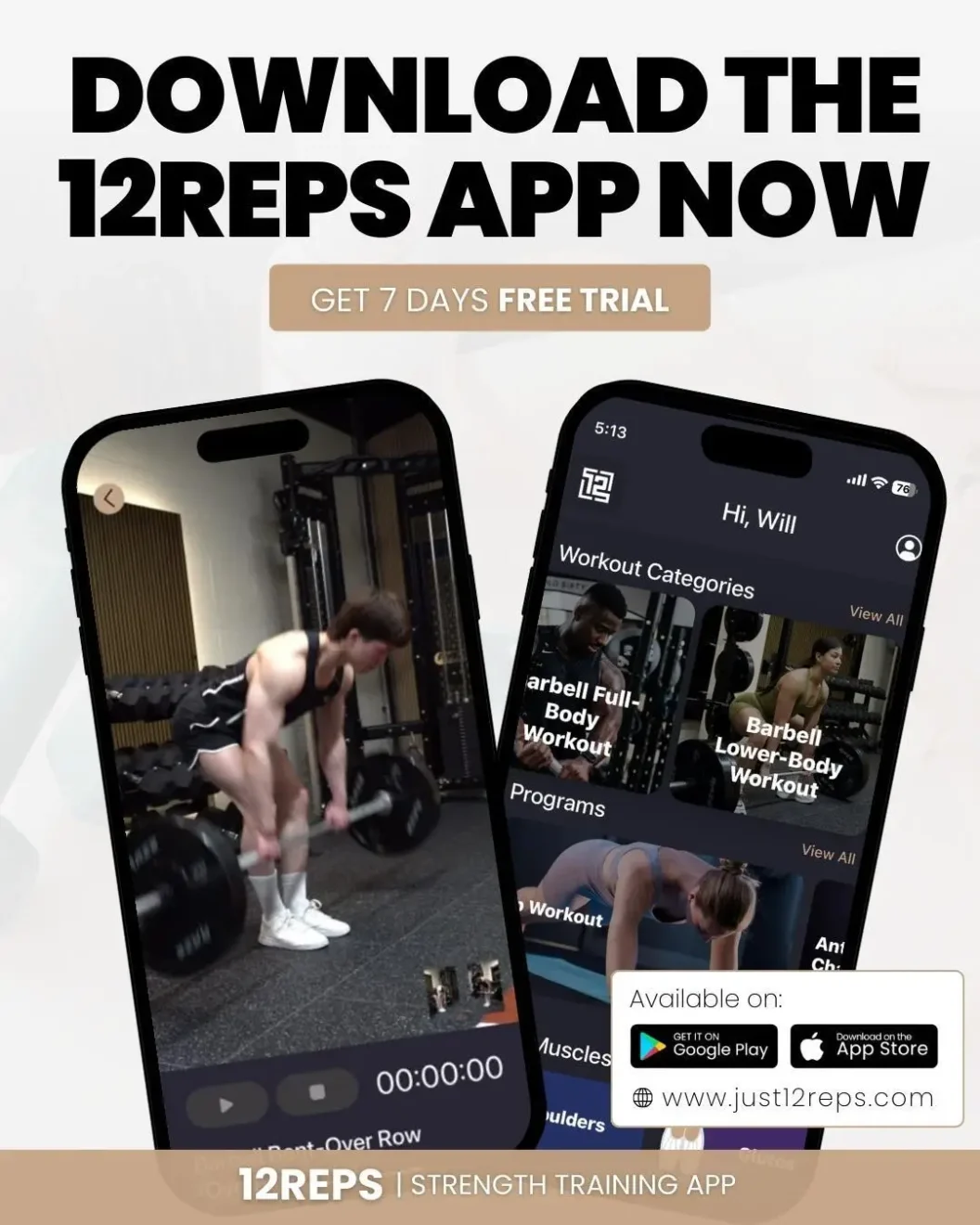Written by Will Duru, BSc (Hons) Sport and Exercise Science, Level 3 Personal Trainer.
Let’s talk about getting truly strong. As a personal trainer with a Sport and Exercise Science Hons degree, and a decade of experience guiding busy individuals like yourselves through the fitness landscape of London, I’ve seen countless trends come and go. However, one truth remains constant: to build serious strength, significant muscle, and enhance your overall functional fitness, you must embrace the power of compound lifts.
Forget endless bicep curls or isolated leg extensions for a moment. While those have their place, the real magic happens when you engage multiple muscle groups and joints simultaneously. These are your compound movements – the foundational exercises that give you the biggest bang for your buck in the gym. They’re efficient, effective, and frankly, they’re what separates the casual gym-goer from someone who’s truly building a robust, capable physique.
In this article, I’m going to break down exactly why compound lifts are superior, delve into their physiological advantages, and provide you with the essential form cues for mastering the big five. Crucially, I’ll also show you how the 12Reps app becomes your indispensable partner in this journey, providing comprehensive guidance and tracking to ensure you master these powerful movements and unlock your full potential. Get ready to train smarter, not just harder, and build a body that’s strong, resilient, and ready for anything life throws at you.
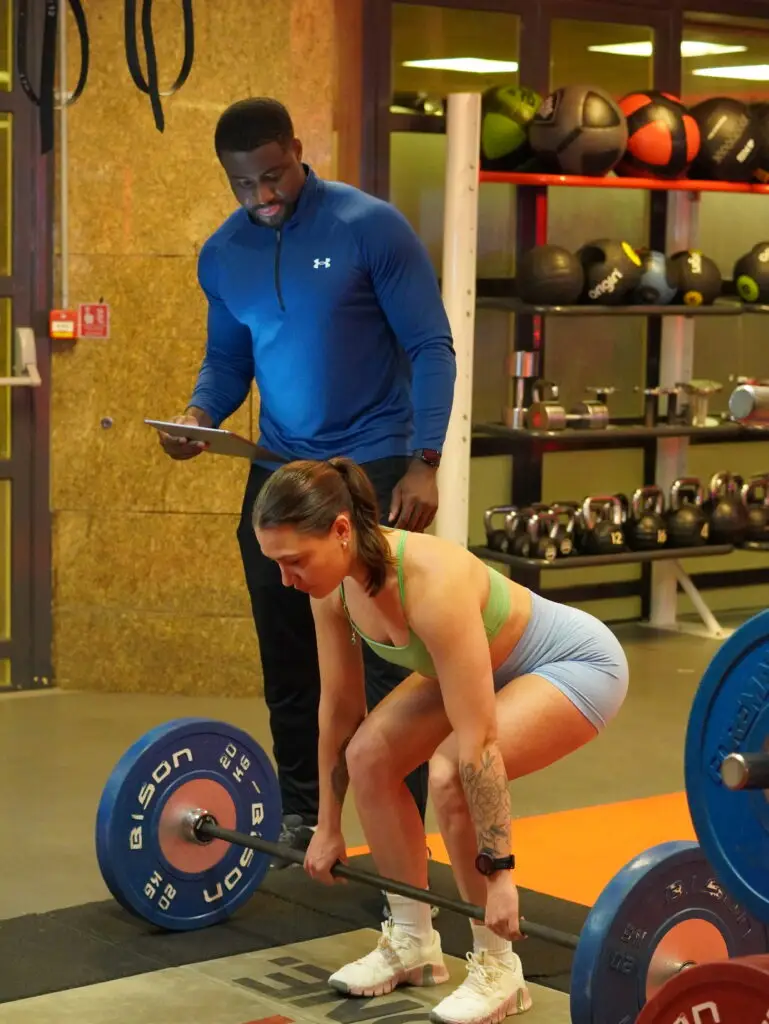
What Are Compound Lifts? The Foundation of Functional Strength
Let’s start with the basics. What exactly do I mean by ‘compound lifts’? Simply put, these exercises involve movement at multiple joints and engage multiple muscle groups simultaneously. Think of them as full-body movements, even if they primarily target a specific area.
To understand them better, it’s helpful to contrast them with their counterpart: isolation exercises.
- Compound Lifts: Examples include squats (involving hip, knee, and ankle joints, and working quads, hamstrings, glutes, core), deadlifts (hips, knees, ankles, working nearly every muscle in the body), bench press (shoulder and elbow joints, working chest, shoulders, triceps), overhead press (shoulder and elbow joints, working shoulders, triceps, core), and rows (shoulder and elbow joints, working back, biceps).
- Isolation Exercises: These involve movement at only one joint and primarily target a single muscle group. Think of a bicep curl (only the elbow joint, primarily targeting biceps), a leg extension (only the knee joint, primarily targeting quads), or a tricep pushdown (only the elbow joint, primarily targeting triceps).
While isolation exercises have their place for specific muscle development or rehabilitation, compound lifts are the foundation. They mimic natural human movements – think about picking something up off the floor (deadlift), sitting down and standing up (squat), or pushing something away from you (bench press). By training these movements, you’re not just building muscle; you’re building functional strength that translates directly to your daily life, making you more capable and resilient.
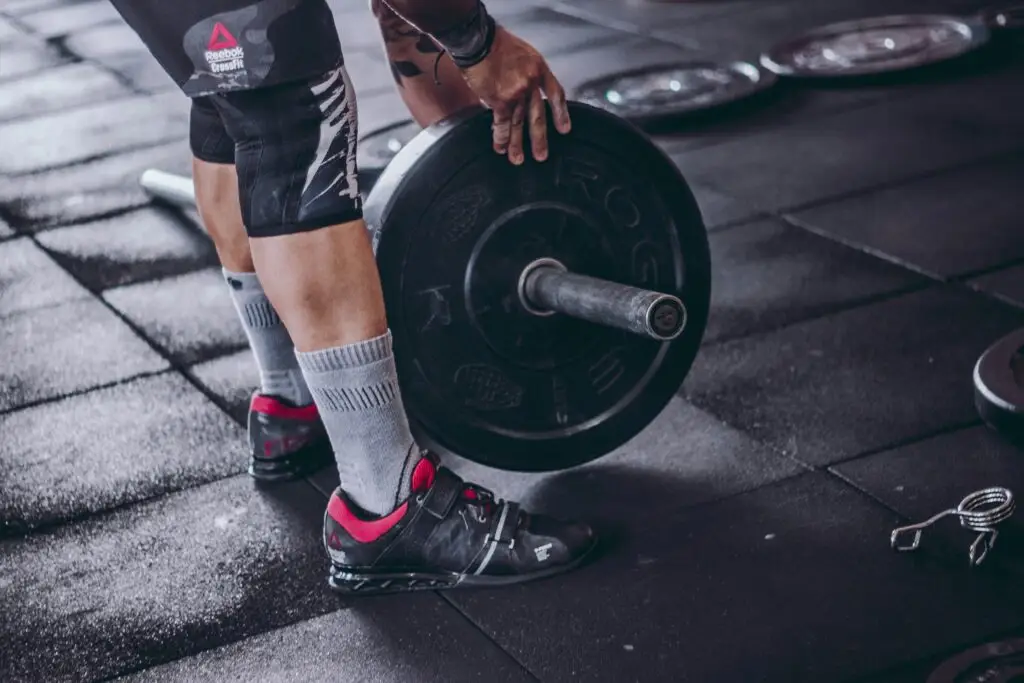
Why Compound Lifts Are the Kings of the Gym for Muscle & Strength
Now that you know what compound lifts are, let’s get into the nitty-gritty of why they should form the backbone of your training programme. From a sports science perspective, and from years of seeing real-world results with my clients, these movements offer unparalleled benefits:
This is the most significant advantage. Because compound lifts involve multiple joints and muscle groups working together, they recruit a far greater number of muscle fibres compared to isolation exercises. When you squat, you’re not just working your quads; your glutes, hamstrings, and core are all firing intensely. This massive muscle activation leads to a more potent stimulus for growth. More muscles working means more potential for muscle protein synthesis, which is the process by which your body builds new muscle tissue. It’s simply more efficient for building overall muscle mass.
Want to burn more calories during your workout? Then focus on compound lifts. When you engage large muscle groups simultaneously, your body has to work much harder, demanding more energy. A set of heavy squats or deadlifts will leave you far more out of breath and sweating more than a set of bicep curls. This higher energy demand translates directly to a greater calorie burn during your session, which is a huge advantage if fat loss is one of your goals. More calories burned in the gym means you’re closer to that lean, strong physique.
Functional strength refers to being strong in ways that benefit you in your everyday life. Think about picking up your kids, carrying heavy shopping bags, moving furniture, or even just maintaining good posture at your desk. Compound lifts directly mimic these real-world movements. By getting stronger at squats, deadlifts, and presses, you’re not just improving your gym numbers; you’re becoming more capable, resilient, and less prone to injury in your daily activities. This is especially important for City professionals who spend a lot of time sitting – these lifts help counteract the adverse effects of a sedentary lifestyle.
Heavy, compound movements trigger a more significant release of anabolic hormones like testosterone and growth hormone. These hormones are crucial for muscle growth and recovery. While the exact impact of exercise-induced hormonal spikes on long-term muscle growth is debated, it’s clear that training in a way that promotes a healthy hormonal environment is beneficial for overall adaptation and progress. Compound lifts are a powerful way to signal your body to build and repair.
For busy professionals, time is always a factor. Compound lifts are incredibly time-efficient. You can get a highly effective full-body workout with just a few well-chosen compound exercises, rather than spending hours doing endless isolation movements. This means you can achieve significant results in less time, allowing you to get back to your demanding schedule without compromising your fitness goals. It’s about maximising your return on investment in the gym.
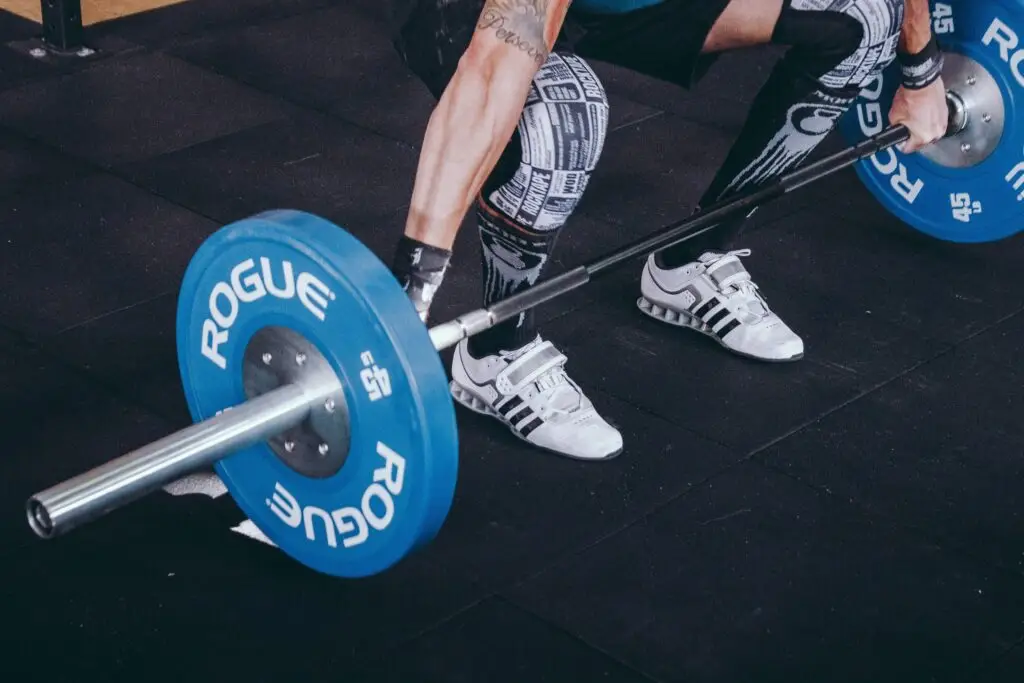
Essential Compound Lifts to Master (with 12Reps Guidance)
Now that you’re convinced of the power of compound lifts, let’s get down to the movements themselves. These are the foundational exercises that every serious lifter should aim to master. Remember, perfect form is paramount, especially when you start adding significant weight. This is where the 12Reps app truly shines, providing detailed guidance to help you nail your technique.
1. The Squat: King of All Exercises
Often called the king of all exercises, the squat is a full-body movement that primarily targets your quads, hamstrings, and glutes, while also engaging your core and back for stability. It’s a fundamental human movement, essential for daily life and athletic performance.
- Form Tips:
- Start with your feet roughly shoulder-width apart, toes pointed slightly out.
- Keep your chest up, shoulders back, and core tight throughout the movement.
- Initiate the movement by pushing your hips back as if sitting in a chair, while simultaneously bending your knees.
- Descend until your thighs are at least parallel to the floor, or as deep as your mobility allows, while maintaining good form.
- Drive through your heels and mid-foot to stand back up, squeezing your glutes at the top.
- Keep your knees tracking in line with your toes, not caving inwards.
- 12Reps Guidance: The 12Reps app provides clear, step-by-step video demonstrations for various squat variations (back squat, front squat, goblet squat). Its logging feature allows you to track your weight, reps, and sets, helping you see your progress and ensuring you’re consistently challenging yourself.
2. The Deadlift: The Ultimate Test of Strength
The deadlift is arguably the most powerful strength-building exercise, working nearly every muscle in your body, particularly your back, glutes, hamstrings, and forearms. It’s about lifting a heavy weight from the floor to a standing position.
- Form Tips:
- Approach the bar with your mid-foot directly under it. Your shins should be close to the bar.
- Bend at your hips and knees to grasp the bar with an overhand or mixed grip, hands just outside your shins.
- Keep your back straight and chest up. Your hips should be lower than your shoulders.
- Take a deep breath, brace your core, and lift the weight by driving through your heels, extending your hips and knees simultaneously.
- Keep the bar close to your body throughout the lift.
- Lower the weight with control, reversing the direction of the movement.
- 12 Reps Guidance: The app provides detailed form cues and visual guides for conventional deadlifts, sumo deadlifts, and Romanian deadlifts. You can log your heaviest lifts and track your volume over time, ensuring you’re progressing safely and effectively in this demanding exercise.
3. The Bench Press: Upper Body Powerhouse
The bench press is the go-to exercise for building upper-body pushing strength, primarily targeting your chest (pectoralis major), front shoulders (anterior deltoids), and triceps.
- Form Tips:
- Lie on a flat bench with your eyes directly under the bar. Your feet should be flat on the floor.
- Grip the bar slightly wider than shoulder-width apart, with your wrists straight.
- Arch your lower back slightly, pull your shoulder blades together and down, and drive your feet into the floor.
- Unrack the bar, take a deep breath, and lower the bar with control to your mid-chest.
- Press the bar back up explosively, keeping your elbows slightly tucked.
- 12Reps Guidance: 12Reps provides comprehensive instructions for flat, incline, and decline bench presses, as well as dumbbell variations. Its tracking features allow you to monitor your one-rep max, track your progress across different rep ranges, and ensure you’re applying progressive overload to your upper body strength.
The Overhead Press: Building Shoulder Strength
The overhead press (also known as the military press) is an excellent exercise for developing strong, well-rounded shoulders and triceps while engaging your core for stability. It’s an actual test of upper-body strength.
- Form Tips:
- Stand tall with the bar resting on your front deltoids, hands slightly wider than shoulder-width apart, elbows slightly in front of the bar.
- Brace your core and glutes tightly to create a stable base.
- Press the bar directly overhead in a straight line, pushing your head slightly forward once the bar clears it.
- Lock out your elbows at the top, with the bar directly over your mid-foot.
- Lower the bar back to the starting position with control.
- 12Reps Guidance: The app includes detailed guides for barbell and dumbbell overhead presses, both standing and seated. You can easily log your sets and reps, and the app’s analytics will help you visualise your shoulder strength progression over time.
5. Rows: For a Strong and Healthy Back
Rows are crucial for building a strong, thick back, which is essential for maintaining good posture, preventing injuries, and overall strength. They primarily target your lats, rhomboids, and traps, as well as your biceps.
- Form Tips (for Barbell Row):
- Stand with your feet hip-width apart, bending at your hips so your torso is roughly parallel to the floor (or slightly higher, depending on your flexibility).
- Grip the barbell with an overhand grip, slightly wider than shoulder-width.
- Keep your back straight and core tight.
- Pull the bar towards your lower chest/upper abdomen, squeezing your shoulder blades together at the top.
- Lower the bar with control, extending your arms fully.
- 12Reps Guidance: 12Reps offers a range of rowing exercises, including barbell rows, dumbbell rows, and cable rows, accompanied by clear instructions and demonstrations. The app’s tracking capabilities allow you to monitor your back strength and ensure balanced development of your physique.
Building Your Workout Around Compound Lifts
Now that you understand the importance and mechanics of the essential compound lifts, how do you put them into a workout? The beauty of compound movements is their efficiency; you can build incredibly effective routines with just a few well-chosen exercises. Here’s how I typically structure workouts for my City clients, keeping efficiency and maximum impact in mind:
Full-Body Approach: Maximum Efficiency
For most busy professionals, a full-body routine built around compound lifts, performed 2-3 times a week, is incredibly effective. This allows you to hit each major muscle group frequently, promoting consistent growth and strength gains without spending hours in the gym.
Sample Full-Body Workout (3 times a week, e.g., Mon/Wed/Fri):
- Warm-up: 5-10 minutes light cardio, followed by specific warm-up sets for your first main lift (as discussed in our previous article).
- Main Lifts:
- Squat Variation: 4-5 sets of 5-8 reps (e.g., Barbell Back Squat)
- Horizontal Press: 3-4 sets of 5-8 reps (e.g., Barbell Bench Press or Dumbbell Press)
- Vertical Pull: 3-4 sets of 8-12 reps (e.g., Pull-ups or Lat Pulldowns)
- Horizontal Pull: 3-4 sets of 8-12 reps (e.g., Barbell Rows or Dumbbell Rows)
- Vertical Press: 3-4 sets of 5-8 reps (e.g., Overhead Press or Dumbbell Shoulder Press)
- Accessory Work (Optional, 1-2 exercises): 2-3 sets of 10-15 reps (e.g., Bicep Curls, Tricep Extensions, Calf Raises, or Abdominal work). These exercises are designed to target specific muscles or address weaknesses, but the core of the workout is the compound lifts.
- Cool-down: 5-10 minutes of light stretching.
Programming Considerations: Order, Sets, and Reps
- Order of Exercises: Always perform your most demanding compound lifts first when you are freshest. This ensures you can lift the heaviest weights and maintain the best form. Typically, squats or deadlifts would come before bench presses or rows.
- Sets and Reps: The suggested rep ranges (5-8 for strength, 8-12 for hypertrophy) are general guidelines. You can adjust these based on your specific goals (as we discussed in the Strength vs. Hypertrophy article). Aim for challenging sets where you’re pushing close to muscle failure, but always prioritise good form.
- Progressive Overload: The key to long-term progress is consistently challenging your body. This means gradually increasing the weight, reps, or sets over time. Don’t just lift the same weight for the same reps every session. Strive to do a little bit more than last time, even if it’s just one extra rep or a slight increase in weight.
- Rest Periods: For compound lifts, especially when lifting heavy, allow for adequate rest between sets (2-5 minutes) to ensure you’re recovered enough for your next effort. For accessory work, shorter rest periods (60-90 seconds) are often fine.
How 12Reps Supports Your Compound Lift Journey
The 12Reps app is perfectly designed to help you implement and master these compound-focused routines. Its smart filtering system can generate full-body or split routines centered around these powerful movements. It provides:
- Detailed Exercise Demonstrations: Clear videos and instructions for each compound lift, ensuring you understand the correct form.
- Intuitive Tracking: Easily log your sets, reps, and weights for every lift. The app automatically calculates your volume and tracks your progress over time.
- Progress Visualisation: See your strength gains and volume trends for each compound lift, motivating you and helping you identify areas for improvement.
- Customisable Workouts: Build your own routines or let the app suggest them, ensuring your programme is always aligned with your goals and equipment. This means you can focus on executing the lifts, knowing the programming is taken care of.
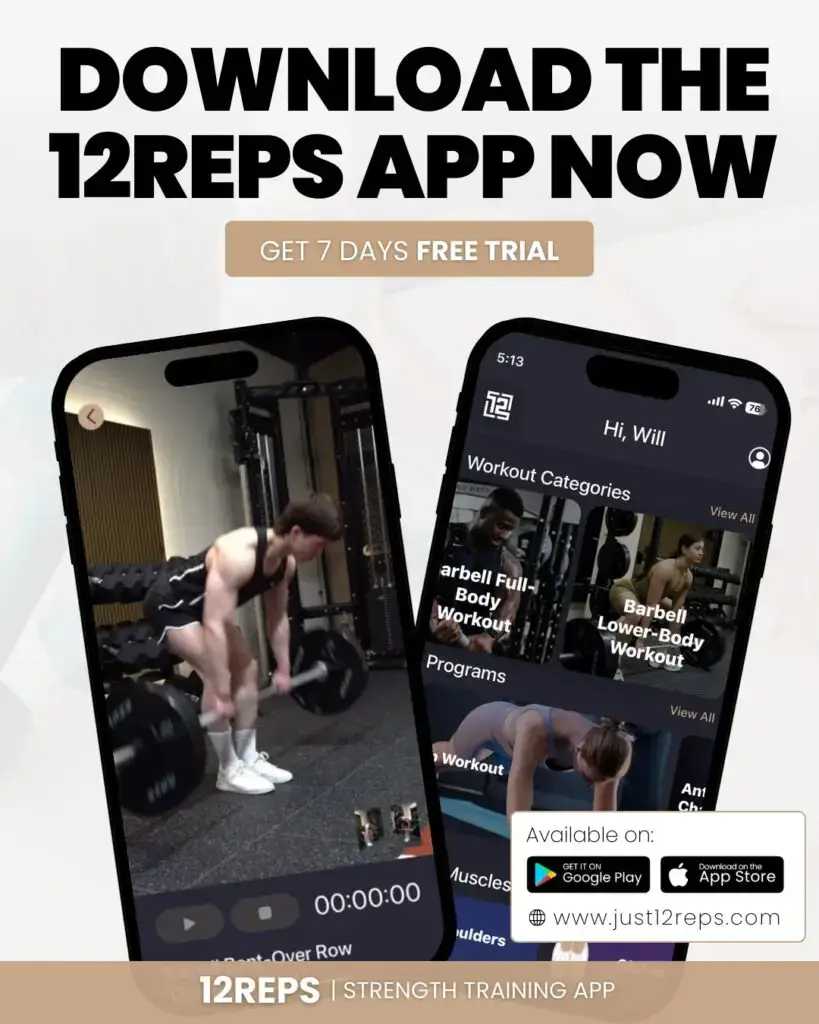
Conclusion: Embrace Compound Lifts, Unlock Your Strength with 12Reps
With over a decade of experience as a personal trainer holding a Sport and Exercise Science Honors degree, and working with the demanding schedules of City of London professionals, one principle has consistently proven true: the power of compound lifts is unmatched for building true strength, significant muscle mass, and robust functional fitness. These multi-joint movements are the most efficient and effective tools in your training arsenal, delivering maximum results in the shortest time possible.
We’ve explored why these exercises reign supreme – from their ability to activate more muscle fibres and burn more calories, to their role in enhancing hormonal response and improving your strength for everyday life. We’ve also explored the essential compound lifts – the squat, deadlift, bench press, overhead press, and rows – providing you with the foundational knowledge to master their form and effectively integrate them into your routine.
But understanding is only half the battle. Implementing these powerful movements effectively, tracking your progress, and ensuring consistent progressive overload can be a challenge, especially with a busy lifestyle. This is precisely where the 12Reps app becomes your indispensable training partner. It provides the comprehensive guidance, detailed form cues, and intuitive tracking you need to master compound lifts and build a powerful physique. With 12Reps, you can confidently structure your workouts around these foundational movements, knowing that your programming is optimised for success.
So, suppose you’re ready to stop wasting time on less practical exercises and start building a body that’s not only aesthetically impressive but also functionally robust and resilient. In that case, it’s time to prioritise compound lifts. Embrace their challenge, commit to mastering their form, and let the 12Reps app guide you every step of the way. Download it today, and embark on the most effective path to unlocking your full strength and muscle-building potential. Your stronger, more capable self awaits.

